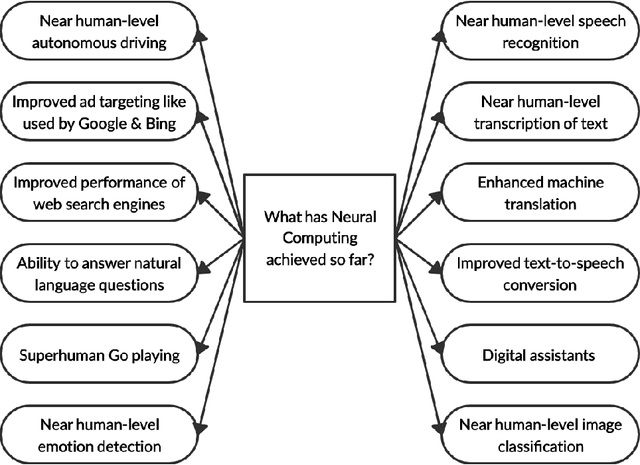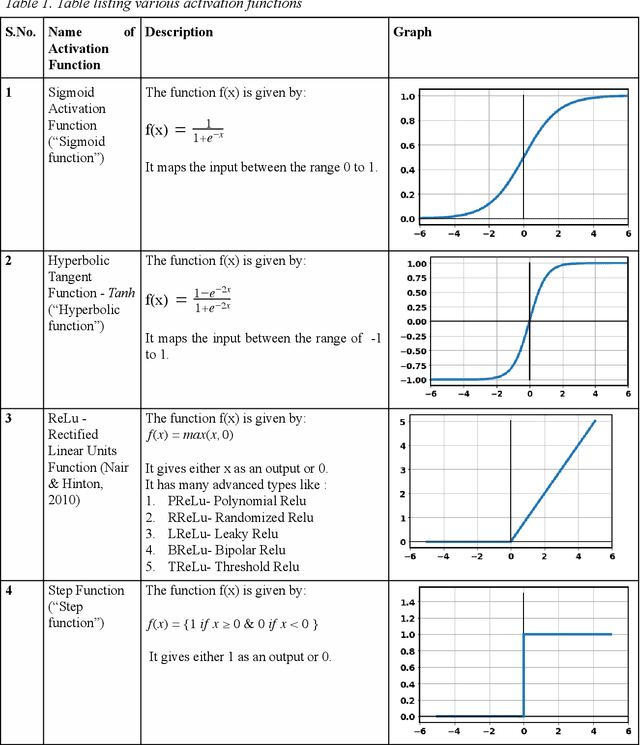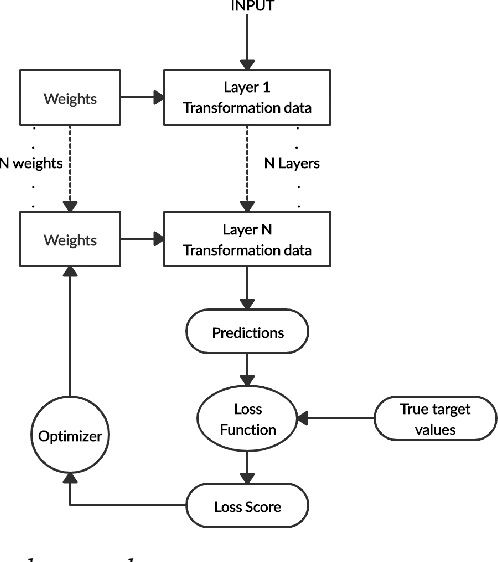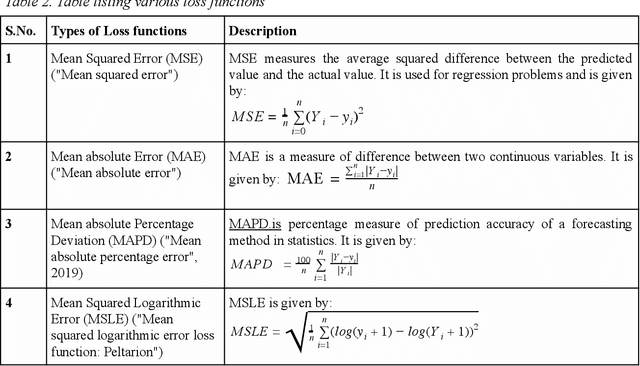Aditya Kumar
Kornia-rs: A Low-Level 3D Computer Vision Library In Rust
May 18, 2025Abstract:We present \textit{kornia-rs}, a high-performance 3D computer vision library written entirely in native Rust, designed for safety-critical and real-time applications. Unlike C++-based libraries like OpenCV or wrapper-based solutions like OpenCV-Rust, \textit{kornia-rs} is built from the ground up to leverage Rust's ownership model and type system for memory and thread safety. \textit{kornia-rs} adopts a statically-typed tensor system and a modular set of crates, providing efficient image I/O, image processing and 3D operations. To aid cross-platform compatibility, \textit{kornia-rs} offers Python bindings, enabling seamless and efficient integration with Rust code. Empirical results show that \textit{kornia-rs} achieves a 3~ 5 times speedup in image transformation tasks over native Rust alternatives, while offering comparable performance to C++ wrapper-based libraries. In addition to 2D vision capabilities, \textit{kornia-rs} addresses a significant gap in the Rust ecosystem by providing a set of 3D computer vision operators. This paper presents the architecture and performance characteristics of \textit{kornia-rs}, demonstrating its effectiveness in real-world computer vision applications.
Building Machine Learning Challenges for Anomaly Detection in Science
Mar 03, 2025Abstract:Scientific discoveries are often made by finding a pattern or object that was not predicted by the known rules of science. Oftentimes, these anomalous events or objects that do not conform to the norms are an indication that the rules of science governing the data are incomplete, and something new needs to be present to explain these unexpected outliers. The challenge of finding anomalies can be confounding since it requires codifying a complete knowledge of the known scientific behaviors and then projecting these known behaviors on the data to look for deviations. When utilizing machine learning, this presents a particular challenge since we require that the model not only understands scientific data perfectly but also recognizes when the data is inconsistent and out of the scope of its trained behavior. In this paper, we present three datasets aimed at developing machine learning-based anomaly detection for disparate scientific domains covering astrophysics, genomics, and polar science. We present the different datasets along with a scheme to make machine learning challenges around the three datasets findable, accessible, interoperable, and reusable (FAIR). Furthermore, we present an approach that generalizes to future machine learning challenges, enabling the possibility of large, more compute-intensive challenges that can ultimately lead to scientific discovery.
Med-gte-hybrid: A contextual embedding transformer model for extracting actionable information from clinical texts
Feb 21, 2025Abstract:We introduce a novel contextual embedding model med-gte-hybrid that was derived from the gte-large sentence transformer to extract information from unstructured clinical narratives. Our model tuning strategy for med-gte-hybrid combines contrastive learning and a denoising autoencoder. To evaluate the performance of med-gte-hybrid, we investigate several clinical prediction tasks in large patient cohorts extracted from the MIMIC-IV dataset, including Chronic Kidney Disease (CKD) patient prognosis, estimated glomerular filtration rate (eGFR) prediction, and patient mortality prediction. Furthermore, we demonstrate that the med-gte-hybrid model improves patient stratification, clustering, and text retrieval, thus outperforms current state-of-the-art models on the Massive Text Embedding Benchmark (MTEB). While some of our evaluations focus on CKD, our hybrid tuning of sentence transformers could be transferred to other medical domains and has the potential to improve clinical decision-making and personalised treatment pathways in various healthcare applications.
Beautiful Images, Toxic Words: Understanding and Addressing Offensive Text in Generated Images
Feb 10, 2025Abstract:State-of-the-art visual generation models, such as Diffusion Models (DMs) and Vision Auto-Regressive Models (VARs), produce highly realistic images. While prior work has successfully mitigated Not Safe For Work (NSFW) content in the visual domain, we identify a novel threat: the generation of NSFW text embedded within images. This includes offensive language, such as insults, racial slurs, and sexually explicit terms, posing significant risks to users. We show that all state-of-the-art DMs (e.g., SD3, Flux, DeepFloyd IF) and VARs (e.g., Infinity) are vulnerable to this issue. Through extensive experiments, we demonstrate that existing mitigation techniques, effective for visual content, fail to prevent harmful text generation while substantially degrading benign text generation. As an initial step toward addressing this threat, we explore safety fine-tuning of the text encoder underlying major DM architectures using a customized dataset. Thereby, we suppress NSFW generation while preserving overall image and text generation quality. Finally, to advance research in this area, we introduce ToxicBench, an open-source benchmark for evaluating NSFW text generation in images. ToxicBench provides a curated dataset of harmful prompts, new metrics, and an evaluation pipeline assessing both NSFW-ness and generation quality. Our benchmark aims to guide future efforts in mitigating NSFW text generation in text-to-image models.
Neural Computing
Jul 06, 2021



Abstract:This chapter aims to provide next-level understanding of the problems of the world and the solutions available to those problems, which lie very well within the domain of neural computing, and at the same time are intelligent in their approach, to invoke a sense of innovation among the educationalists, researchers, academic professionals, students and people concerned, by highlighting the work done by major researchers and innovators in this field and thus, encouraging the readers to develop newer and more advanced techniques for the same. By means of this chapter, the societal problems are discussed and various solutions are also given by means of the theories presented and researches done so far. Different types of neural networks discovered so far and applications of some of those neural networks are focused on, apart from their theoretical understanding, the working and core concepts involved in the applications.
 Add to Chrome
Add to Chrome Add to Firefox
Add to Firefox Add to Edge
Add to Edge